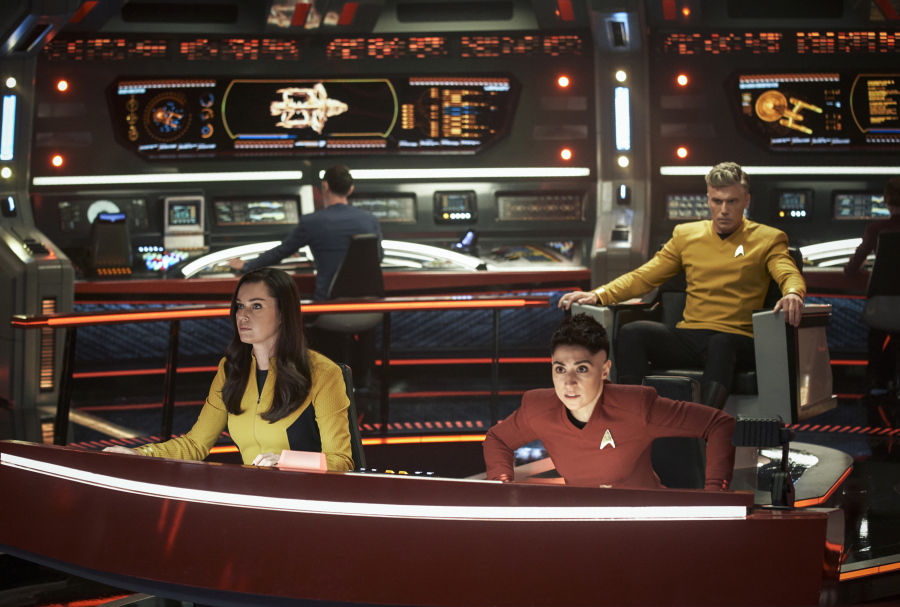Two generations after its 1966 debut, the universe of “Star Trek” has become a vast and sprawling mural in these heady days of streaming TV.
There’s the dark and bingeworthy “Star Trek: Picard,” a deep character study of an aging and beloved captain confronting his demons — and saving life as we know it twice in two seasons. There’s “Star Trek: Prodigy,” a rich, 3D-animated story aimed at kids and full of wonder. There’s the more traditionally animated “Star Trek: Lower Decks,” a wacky variation on the theme that unfolds on an also-ran starship and is brimming with fan-service moments.
And smack in the center of the mural sits “Star Trek Discovery,” the epic journey of a Federation starship and its crew across an entire millennium as it saves the galaxy not once (rogue AI!), not twice (“The Burn!”), but three times (“The Dark Matter Anomaly!”) in four seasons and counting.
Intricate story arcs. Deep serialization. A requirement for sequential viewing and a serious attention span. That’s a lot of commitment, even for a binger. So what’s a planet-of-the-week fan of the original series and its episodic aesthetic to do?



